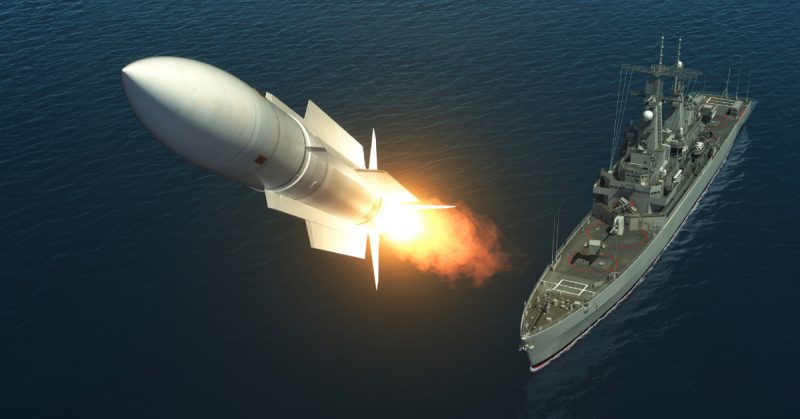As ironclads replaced wooden warships, steam replaced sails, and breech loading, rifled guns replaced smoothbore cannon, tactics needed to change accordingly in naval warfare.
The oceans have terrified and intrigued humanity since people first laid eyes upon the open water. Fear of what lurked below the waters could not stop mankind from striving to discover what existed across them, and taking to the sea.
It did not take long for men to also learn how to fight each other on water as well.
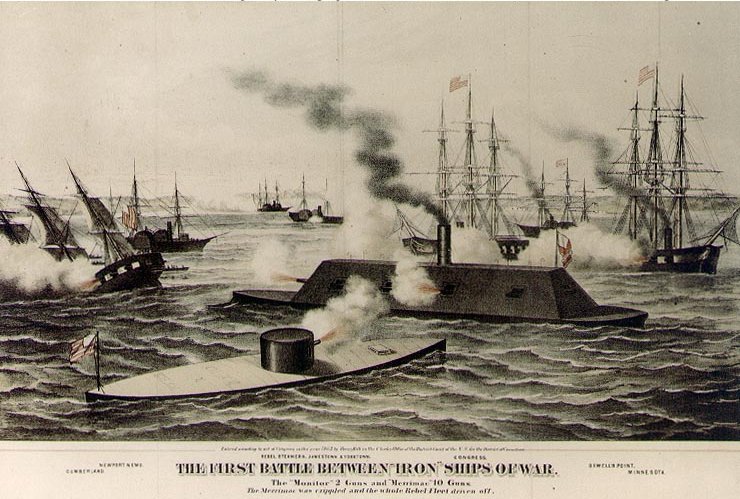
Naval artillery in the modern sense is a fancy term for a cannon mounted on a warship or used for naval or aerial defense. Early use of primitive naval artillery dates back to Roman times, when Julius Caesar utilized catapults on ships to perform one of the earliest recorded offshore bombardments against the Britons.
Naval artillery in more modern terms required the advent of gunpowder. Medieval Europeans were quick to learn of its destructive power, but considered it more of a novelty and were slow to adapt it to its full potential.
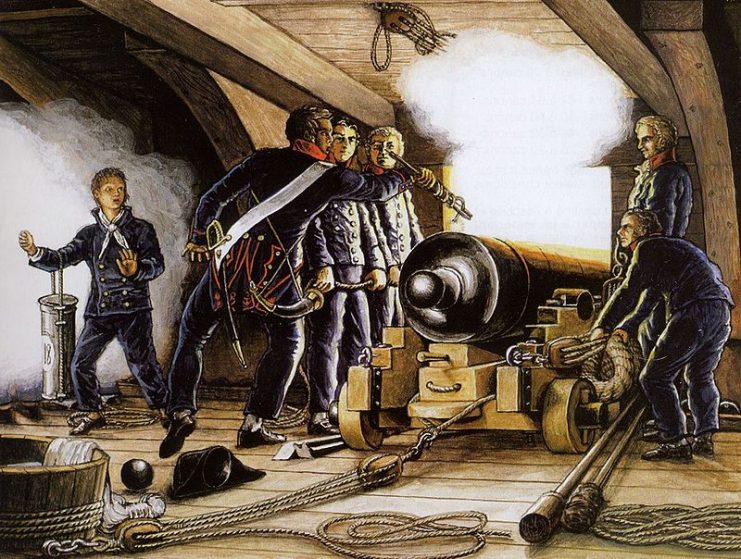
The first recorded instance of naval warfare with gunpowder occurred during the Hundred Years’ War. In a long and brutal series of conflicts that changed warfare forever, both France and England used early gunpowder weapons against each other.
In 1338, at the Battle of Arnemuiden, the English ship Christopher sported three cannon and a handgun. Though limited by modern standards, this first recorded European use of cannon at sea would herald a new age in maritime warfare.
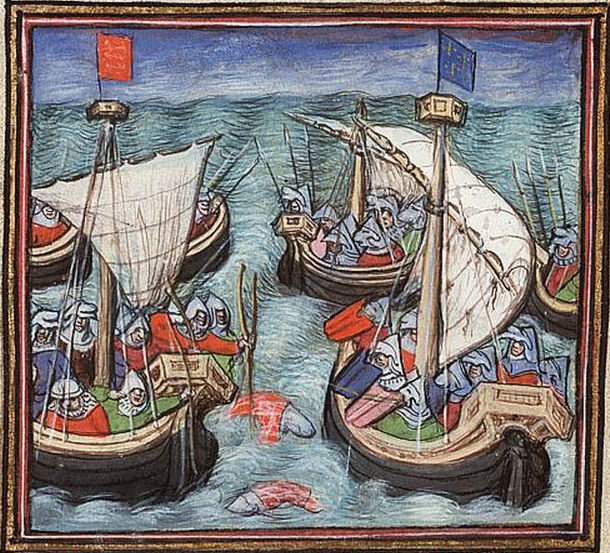
By the 1600s, naval combat started evolving and then became immortalized in the Age of Sail. No longer would random ships be loaded with guns and Marines and expected to fight. Now, dedicated warships would dominate ocean battles, with an array of cannon to bring to bear against their enemies.
This had a side effect of making navies incredibly expensive, as demonstrated by the warship HMS Victory. The 100-gun ship of the line, built in 1765, cost the modern equivalent of 50 million pounds sterling. The cost of maintaining navies could break empires, but those that could afford it used their maritime power to dominate the waves.
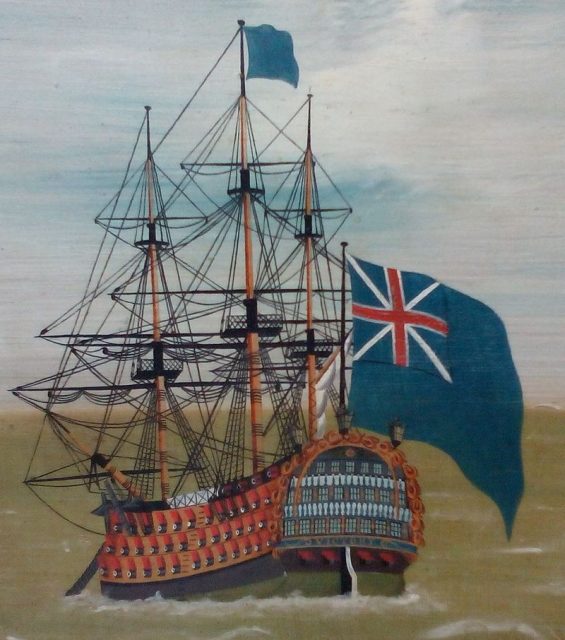
Slowly, the Age of Sail gave way to steam and iron. Naval guns changed little during these centuries until the 1800s, when new technologies allowed for rifled barrels, breech loading, and turrets.
The first battle of ironclads during the American Civil War heralded another new age in naval combat. The Merrimac’s armor made it impervious to the artillery of the time, allowing it to ram wooden ships without danger from return fire. The Monitor was the first warship with a turret, an innovation that was quick to become the standard for naval artillery.
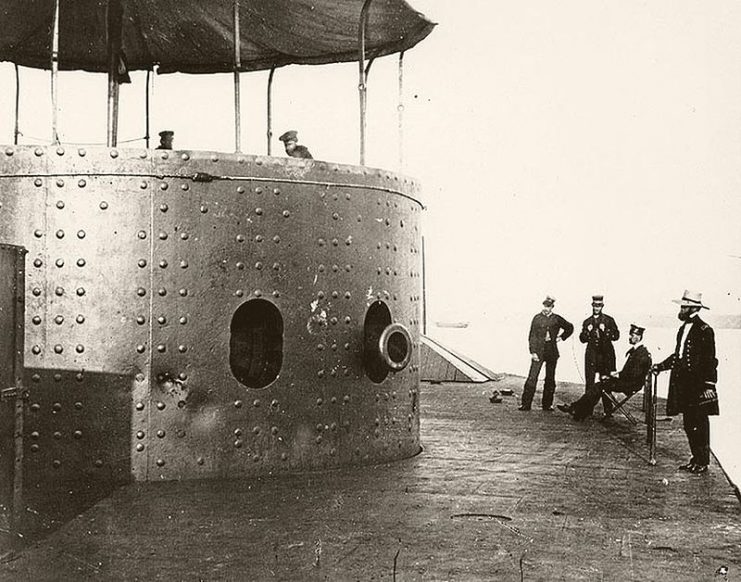
As ironclads replaced wooden warships, steam replaced sails, and breech loading, rifled guns replaced smoothbore cannon, tactics needed to change accordingly in naval warfare.
The expertise required to operate and aim a warship’s guns meant officers and sailors needed more engineering skills and technical knowledge to properly operate their weapons. Brute strength and officers’ charisma were no longer enough to fight a naval war.
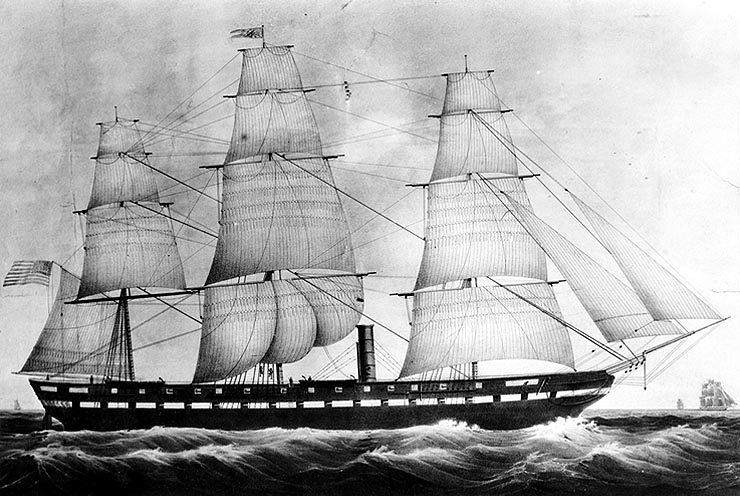
After the anticlimactic but revolutionary battle between the Monitor and the Merrimac, the world’s navies started modernizing their fleets. Those who could focus on larger vessels teeming with guns, the pinnacle at the time being the British HMS Dreadnought.
Constructed in 1906, the massive ship named an entire class of warships. The age of battleships began, hot on the heels of one of the first naval wars of the period, the Russo-Japanese War.
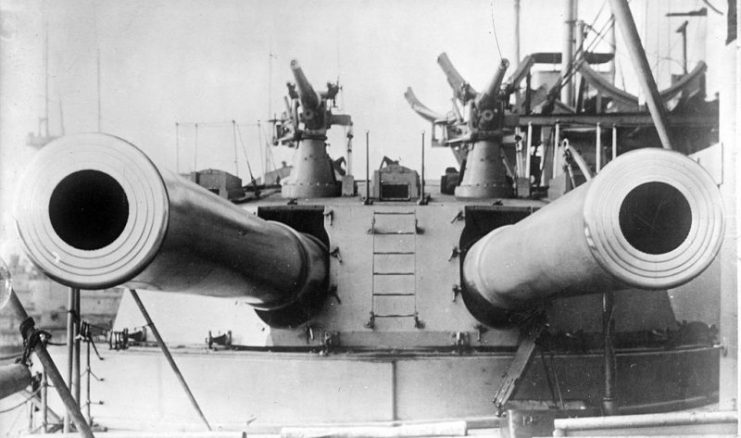
From 1904 to 1905 Japan and Russia fought over conflicting interests in Asia. In one of the first modern wars of the twentieth century, the two nations pitted their navies against each other.
The Japanese fielded newly built warships which were part of their efforts to emulate the West. Russia fielded a handful of modern ships and older vessels. Aided in part by lackluster leadership on the Russians’ side, Japan’s modern ships and guns allowed them to dominate the seas and win the war.
Read another story from us: The Worst Naval Loss in U.S. History That Never Was!
The next great innovation for guns, radar guidance, came about during World War I. Fire-control systems allowed increased accuracy for naval guns. In theory, this innovation combined with the sheer firepower of battleships made them a terror on the seas.
At the same time, other innovations like submarines and airplanes quickly rendered battleships obsolete. Guided missiles and other new weapons further rendered large naval guns less and less useful, but they still remain part of world naval strategy and construction.
